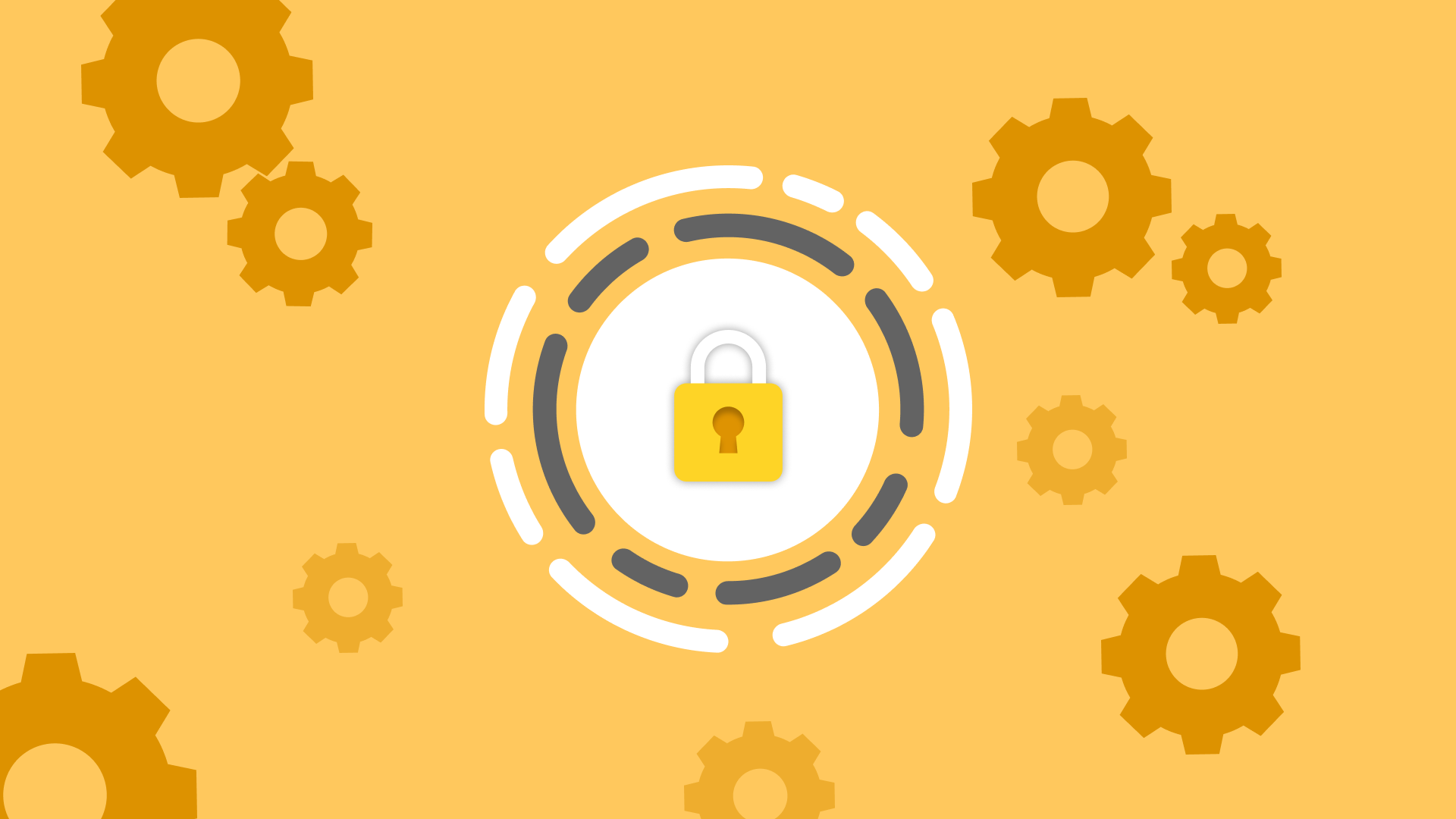In today's digital world, APIs have become the backbone of software development. They are used to seamlessly share data between different devices and systems.
However, If you increase connectivity and data sharing using API Gateway, it increases the risk of security breaches such as misconfiguration attacks and increases the attack surface, in turn affecting data confidentiality and integrity.
OWASP, a non-profit foundation that is dedicated to improving the security of web applications, has a list of ten vulnerabilities related to APIs that have been highlighted as the most prevalent. Security misconfiguration comes in the fifth position on this vulnerability risk list.
Businesses and developers can use several practices and mitigation measures to safeguard sensitive information and prevent APIs against misconfiguration attacks using an API Gateway. Let's have a look at them.
How to protect against misconfiguration attacks using API Gateway?

Enforce CORS Protection:
CORS stands for cross-origin-resource-sharing. It is a feature implemented by web browsers that allows applications at one domain to access the resources of another domain. It employs additional HTTP headers to inform the browser whether a certain web app is permitted to access resources from another web app.
Cross-domain resource sharing (CORS) allows for controlled resource sharing across domain boundaries, preventing cross-site scripting (XSS) and cross-site request forgery (CSRF) threats. If the CORS policy is not configured properly then it can allow malicious websites and unauthorized users to access your content. An API gateway can be used to enforce CORS policies and limit invalid domains and users.
Implement Access Controls:
Most of the time, during API development, developers unintentionally grant excessive access to certain methods or scopes. Attackers can use these flaws to obtain access to higher-level accounts, such as administrator accounts. Attackers with such unauthorized access can manipulate data, causing severe harm to consumer privacy and organizational data. These types of attacks fall under the categories of BOLA (Broken Object-Level Authorization) and BFLA (Broken Function-Level Authorization) attacks. API gateway allows users to provide strict access control. Users can use OAuth and API keys to authenticate and authorize the users or applications. This helps to minimize malicious activities.
Provide Rate Limiting:
API gateway rate limitation is a key technique used by servers to protect against Distributed Denial of Service (DDoS) attacks. Each server has a maximum capacity that defines how many requests it can process efficiently at any given time. DDoS attacks occur when an attacker floods the server with a massive volume of requests, making it incapable of serving the needs of legitimate users. By applying rate limits, servers control the number of requests allowed from clients during specific time intervals. This preventive measure ensures that even if an attacker attempts to overload the server, their requests are limited, keeping the service's availability for legitimate users and protecting it from overflowing.
Use Request Validation:
Sanitizing and validating the client request is essential to avoid injecting attacks like cross-site scripting (XSS) and SQL injection attacks. API gateway allows users to enforce some validation rules which helps to filter out the malicious request and pass the valid request.
Periodic rotation of API Keys:
Users can conveniently set or remove API keys using an API gateway. The periodic rotation of API keys is essential to prevent unauthorized access in case a key gets compromised.
API Gateway Logging and Monitoring Feature:
The logging and monitoring feature in the API gateway helps to analyze the data related to API calls. Using these monitoring access logs, error logs, and traffic data patterns, users can easily identify malicious activity or data breaches and can take necessary actions.
Implement Proper Authentication:
Using different authentication and authorization policies such as Oauth, API key, and JWT authentication present in the API gateway, the user validates the legitimate clients and prevents different API attacks.
Utilize IP Restriction:
This function also aids in the prevention of DDoS attacks. IP Restriction is a security feature in API Gateway that protects API backends from malicious IP addresses. This feature provides an additional layer of security. The API Gateway can be configured to allow just certain IP addresses to access an API backend. For example, an API backend must only be available from the IP range 10.0.0.0/24 To accomplish this, an API Gateway rule can be created. Using an API gateway can greatly reduce the risks of Misconfiguration attacks. You can have a look at the API Gateway solution provided by miniOrange, Here.



